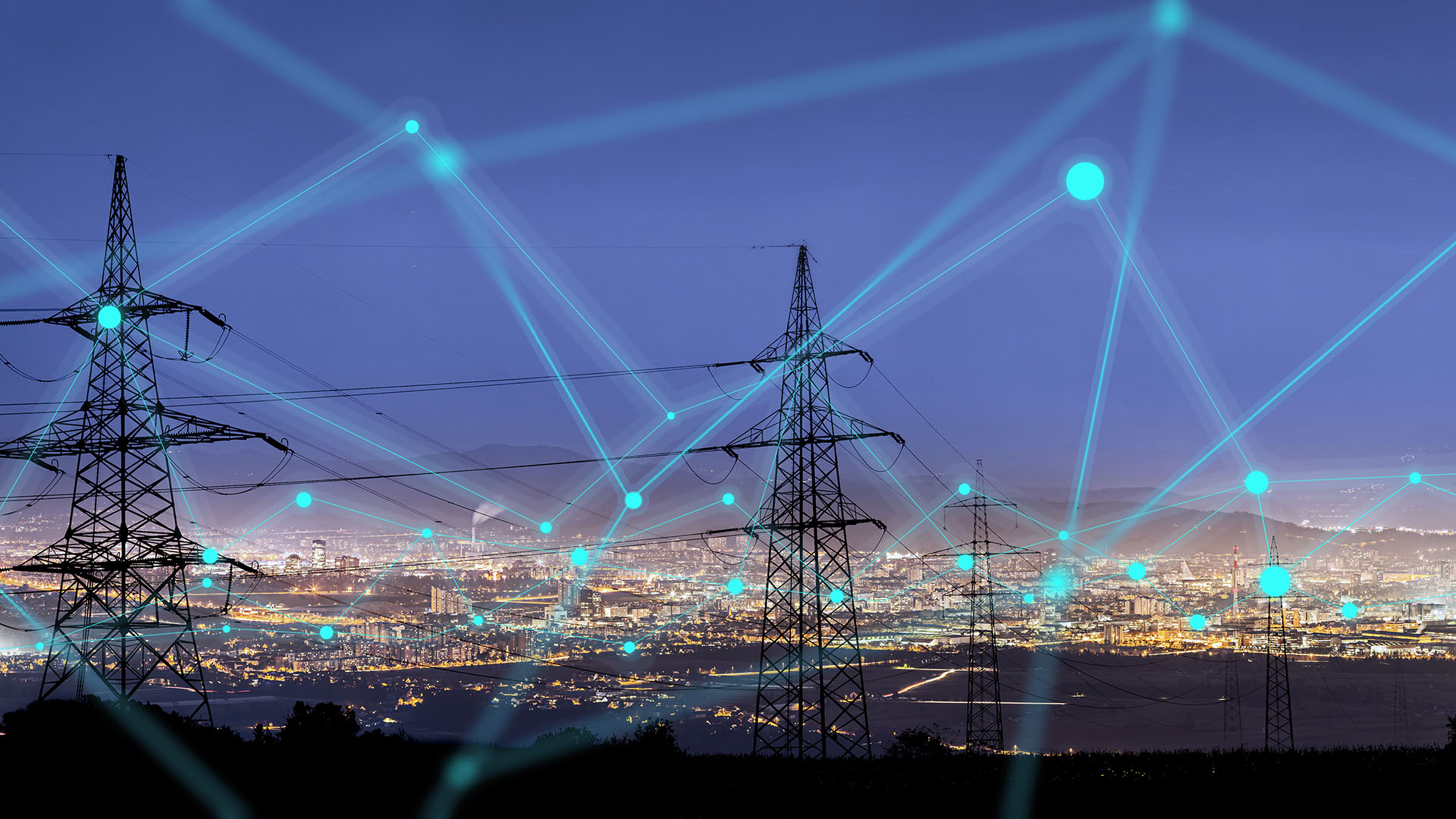
Publication
International arbitration report
In this edition, we focused on the Shanghai International Economic and Trade Arbitration Commission’s (SHIAC) new arbitration rules, which take effect January 1, 2024.


Global | Publication | July 2023
Renewable energy projects face multiple challenges: new and sometimes unproven technologies, supply chain disruption, delays to regulatory permits, concerns over environmental impact – the list goes on. However, it has become clear that, while each form of renewable energy asset has its own unique grid capacity requirements which in turn can vary region-by-region, achieving connection to the grid is, as the International Energy Agency asserts, often the “weak link” in getting these projects off the ground.
In this article, we explore some of the fundamental issues with the existing grid infrastructure in the UK, (but which are consistent with challenges in countries globally) and explain how these factors can serve as a major bottleneck to incorporating renewable energy into the existing system. We describe some of the strategies being deployed to break this bottleneck before outlining a number of key considerations for parties involved in renewable energy projects.
The existing grid technology was built for the world of fossil fuels which generate dispatchable power that can be adjusted when demand exceeds baseload levels and reduced when demand drops. The grid was not designed to integrate the intermittent power supply generated by wind and solar projects and the system fluctuations that they cause.
Alongside developing advanced grid control systems, one of the strategies the industry is leveraging to overcome this challenge is direct connection to the transmission network, rather than to a local distribution network. By way of example, the Larks Green 49.9 MW solar project near Bristol recently became the first operational co-located solar and BESS project to connect directly to National Grid’s transmission network. This marks a significant milestone in the advancement of grid technology in the UK. Co-locating solar projects with a battery energy storage system also balances the intermittency of the energy produced by accumulating surplus energy during periods of peak power generation and then releasing this into the grid when demand is high.
Utility-scale battery storage assets are becoming an increasingly important feature of the renewable energy market, both in the UK and aboard, as they serve as an effective support function for the grid. Whilst a major overhaul of existing grid infrastructure will likely be necessary in the near future in order to deal with the proliferation of renewable generation in the electricity mix, battery storage offers stability to the system in the immediate short term.
A further challenge is imposed by transmission constraints. The existing infrastructure was designed to cater for the transmission of electricity from far fewer, larger power plants with grid forming capability and is struggling to keep pace with the proliferation of dispersed, intermittent renewables projects, many of which do not provide grid forming capability and all of which require connection. Existing grid infrastructure is concentrated around cities and industrial centers, reflecting a concentrated electricity demand. Conversely, due to space requirements and the need to optimize conditions for harnessing natural resources, renewable projects are typically located in greenbelt areas which are often remote to the existing grid infrastructure.
As a result, the transmission lines required to connect renewable projects to load centers need to span long distances and cross varied terrain as well as comply with various environmental and regulatory requirements. Navigating these regulatory, technical, and environmental hurdles can cause significant delays to renewable projects.
Aging grid infrastructure is also creating substantial bottlenecks for renewable projects. While this is a global phenomenon, with wait times in the US estimated at around five years, the UK has the longest queue to connect to the electricity grid of any country in Europe. According to research by Bloomberg New Energy Finance, there are about 100 GW worth of electricity projects in the UK waiting for connection, with predictions of decade-long wait times.
Currently, renewable energy developers are shouldering much of the cost of the transmission works and grid upgrades required for their projects to connect to the grid.
Investment, both public and private, will therefore be key to addressing these challenges. National Grid’s ‘Pathway to 2030’ which aims to deliver £54bn worth of investment to facilitate the connection of approximately 23 GW of offshore wind by 2030, is a step in the right direction, however, some argue that this does not go far enough when considering that the Government aims to achieve a decarbonized electricity system by 2035.
Until grid infrastructure is significantly developed, interconnection queues reduced and capacity increased, it is vital for parties to renewable projects to carefully cater to the risk of grid-related delays, as well as increased costs, in their contracts. Investment in building out grid infrastructure is critical and has become an industry focus around the world, increasingly with government sponsorship. For proponents of projects, contractual provisions should outline both respective responsibilities and liabilities, as well as including realistic timelines (as well as expectations) acknowledging potential grid capacity issues. Contractual foresight can assist in mitigating disputes, protecting parties’ interests and, ultimately, ensuring the successful commissioning of a project.

Publication
In this edition, we focused on the Shanghai International Economic and Trade Arbitration Commission’s (SHIAC) new arbitration rules, which take effect January 1, 2024.
Subscribe and stay up to date with the latest legal news, information and events . . .
© Norton Rose Fulbright LLP 2025